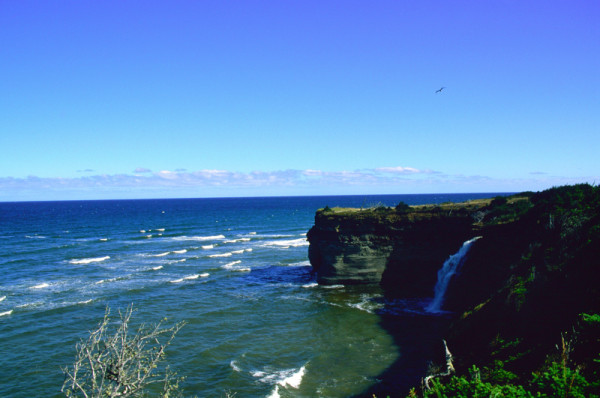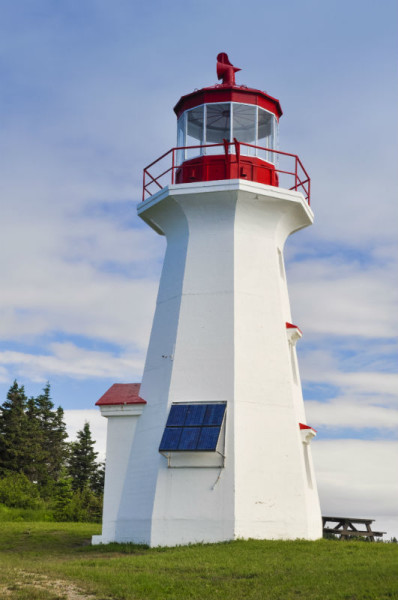Top 7 reasons to visit the North Shore-Gaspé
It’s WWF Water Wednesday, when Love Nature explores the unique characteristics, natural history, environmental challenges and threats of Canadian waters. Tune in to Love Nature on television every Wednesday at 8 p.m. ET/PT for WWF Water Wednesdays to learn more about other amazing watery environments found around the world.
Stretching from Eastern Quebec across Labrador and touching parts of New Brunswick, the North Shore-Gaspé watershed connects the Arctic tundra with the boreal forests of the south, creating a juxtaposed dream landscape for outdoor enthusiasts. Here are are seven fascinating facts about this wild watershed.
7. The Common Loon breeds here
Known for its haunting call, the species synonymous with Canadian coinage and cottage life breeds here in the summer, but is also under threat from pollution and habitat loss.
6. There’s a P.E.I.-sized island with the population of a single city block
L’Île-d’Anticosti is sometimes referred to as Cemetery Island for shipwrecking an estimated 400 ships over the years. Situated in the mouth of the St. Lawrence River, it’s about the size of Prince Edward Island, home to only 216 human residents and 125 km of hiking trails.
5. You might not see ghosts, but you can get spooked
Parc national des Monts-Valin includes two hiking trails known for eerie scenery, including the la Vallée de Fantômes (Valley of Ghosts) and Pic de la Hutte.
4. It has 25 summits rising above 1,000 metres
Quebec’s parc national de la Gaspésie covers two sea mountain ranges. It has 25 peaks hitting 1,000 metres or more, including the 600-million-year-old Chic-Choc Mountains and the 380-million-year-old McGerrigle Mountains.
3. It provides a rare chance to see caribou, moose and white-tailed deer together
The overlapping habitat in parc national de la Gaspésie makes it the only place in Quebec to spot white-tailed deer, moose and caribou in the same region, and the only place to see caribou south of the St. Lawrence.
2. Whale watching hot spots
From May to October, minke, fin, blue, humpback and pilot whales frequent the waters of Quebec’s massive Forillion National Park. Occasionally you may spot sperm whale, orca, and North American right whale. Smaller marine mammals like white-sided dolphins, common and harbour porpoises, and harbour and grey seals also play in the waters.
1. The threats facing this watershed are moderate
The degree of impact of different threats — particularity pollution — varies greatly between the eight sub-watersheds. To explore the details of the health of, and threats to, this great Canadian watershed check out WWF’s watershed report.
Written by Jennifer Huizen
To discover more about Canada’s amazing waterways, and the threats facing them check out: watershedreports.wwf.ca
Tune in every Wednesday at 8 p.m. ET/PT for WWF Water Wednesdays on Love Nature to learn more about current water conservation issues from around the world.




